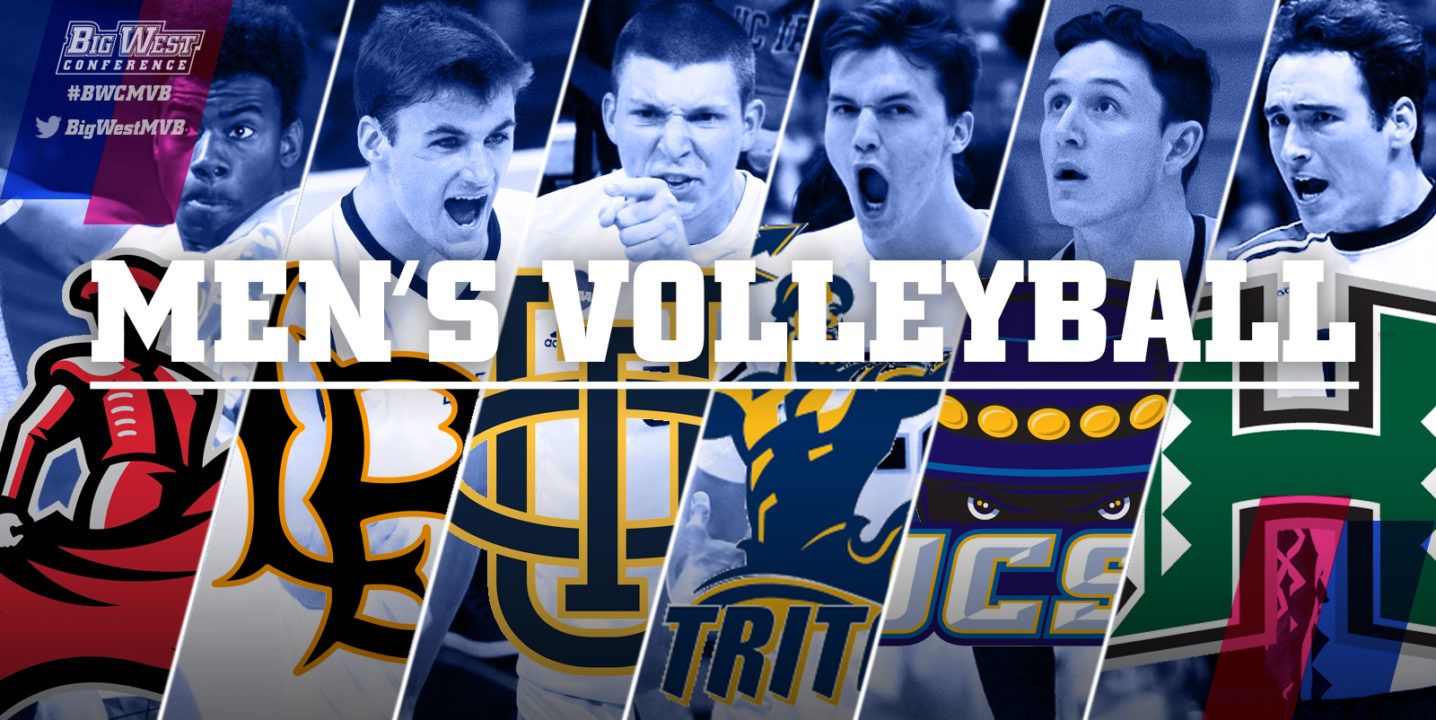Is the splitup of the MPSF a good thing or bad thing for men’s college volleyball?
This question has been bouncing around in my head in the year since the Big West announced that it would begin to sponsor men’s volleyball and take back its 6 programs from the MPSF. And, invariably, while there will be some nostalgia for the best conference in men’s volleyball, I keep landing on an overwhelming ‘yes’ that this is good for men’s volleyball.
The Breakdown
Big West – 2018
- CSU-Northridge
- Long Beach State
- UC Irvine
- UC San Diego (Not a full-time Big West member)
- UC Santa Barabara
- Hawaii
MPSF – 2018
- BYU
- UCLA
- Pepperdine
- Stanford
- USC
Cal Baptist (Program Cut)
While the old MPSF resulted in some big-time rivalries, which included the best weekend of volleyball of the season when Long Beach State headed to BYU for back-to-back games, the lack of inter-conference parity has not been good for men’s college volleyball. There was too much attention focused on a single conference out west, in spite of some recent success from the MIVA (which has actually won 5 of the 7 NCAA titles this season), because of both recent and historic success. The MPSF’s teams had combined to win 38 of the 48 titles in history (39 if Hawaii’s vacated 2002 title is included).
With a split in two, there are now 4 top-tier men’s volleyball conferences, and 5 in total (EIVA, MIVA, MPSF, Big West, and Conference Carolinas). While the NCAA has not yet announced its plan for the NCAA tournament, which has historically invited the 4 conference champions + 2 wildcards, the expansion of conferences puts pressure on to expand that field to 8 teams, so as to allow for non-conference champions that are still title contenders (and will still sell tickets).
And it’s not as if those old rivalries are totally gone. The biggest ones remain, with the real loss being BYU-Long Beach State, but there will still be plenty of room in non-conference schedules for those matches to continue.
This also opens up opportunities for new programs to be launched in a region of the country, the western United States, that is the epicenter of men’s volleyball in this country. A new program staring down being the 12th-best team in the MPSF is a lot less likely to launch a team than that only has 5 or 6 spots to climb to the top of the mountain. Moreso, it’s even less daunting than looking around and wondering where a team will find 5 or 6 more teams to start a new conference of their own.
That’s important. This split, while it might feel strange in the short-term, is priming for what the AVCA and others hope will be an explosion of men’s college volleyball in the coming years. Division II school Queens University in Charlotte will begin play in 2018, and Daemen College will start play a year after as the first scholarship-offering men’s program in New York.
The AVCA has pledged $150,000 to the MotorMVB program, which aims to encourage the growth of men’s volleyball around the country. The growth of women’s college beach volleyball, while mostly driven by the cost efficiency for athletics departments, is drawing more interest than ever to the sport at large.
When the Pac-12 became the first Power 5 conference to sponsor beach volleyball, the flood gates opened. That put serious dollars and publicity power behind the movement. While the Big West isn’t quite the Pac-12, the new sponsorship will make it easier for Cal State Fullerton, UC Riverside, and UC Davis to look at adding programs, with the natural rivalries available and in-conference affiliations.
Men’s volleyball has been around for a long time in the NCAA, but it feels as though now is its time to explode. High school participation rates are climbing at a faster rate than almost any other sport, no new facilities are required, and men’s volleyball is revenue-generating. Serious revenue. While it’s well-known that on a national average, women’s volleyball is the #1 or #2 most valuable property for athletics departments, men’s volleyball has shown financial viability as well. BYU sold 57,567 tickets to its home games last season – even if those were all at the lowest price tier of $5 (they weren’t), that’s almost $300,000 in revenue without any sponsorship or television/streaming revenue.
The point is, that men’s volleyball is a winning model, and for growth to happen, something was going to change. It’s a bold move, it’s not one without risk, but this is the moment for men’s college volleyball to go Big, or go Home.
ab

Leave a Reply